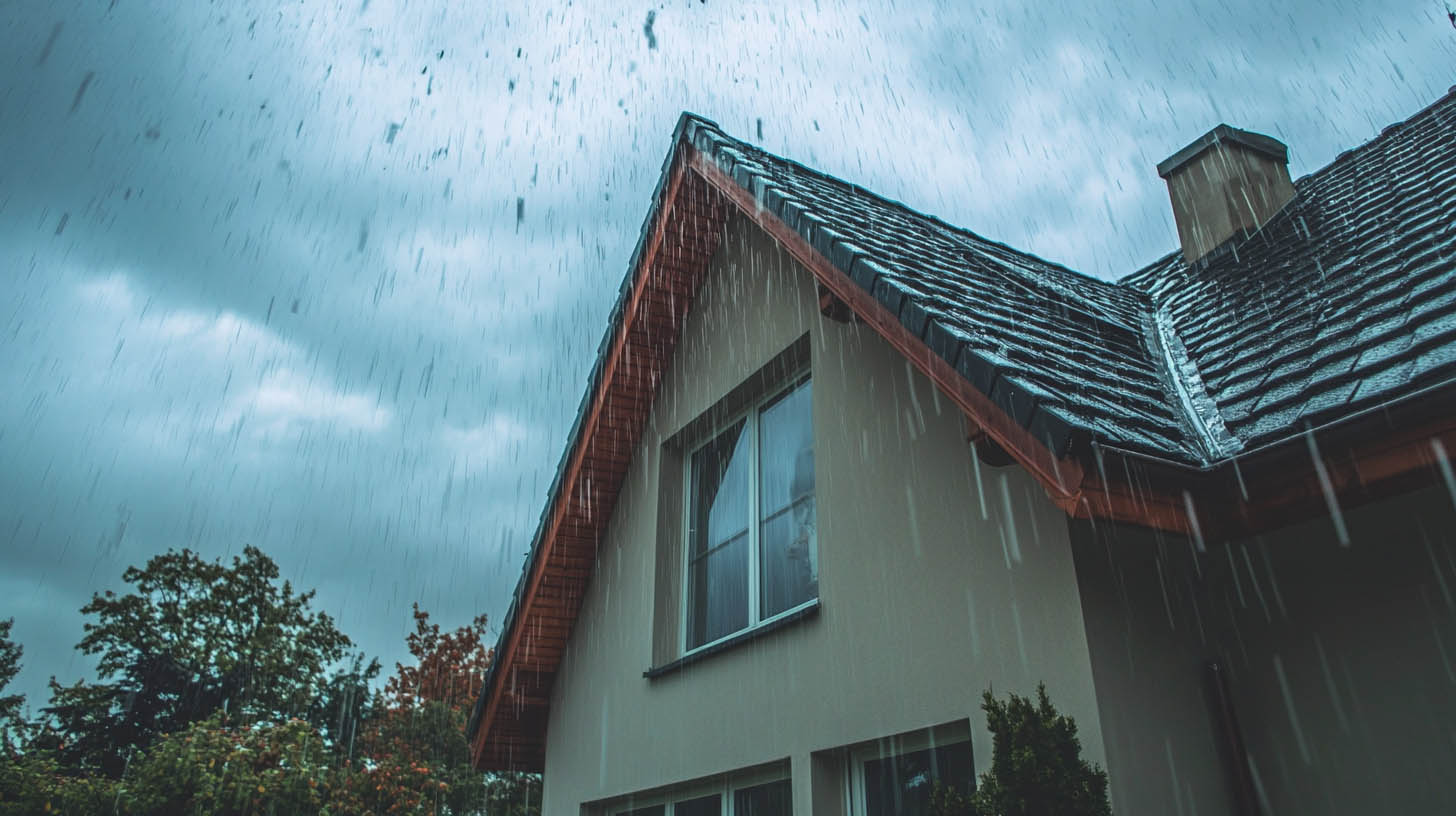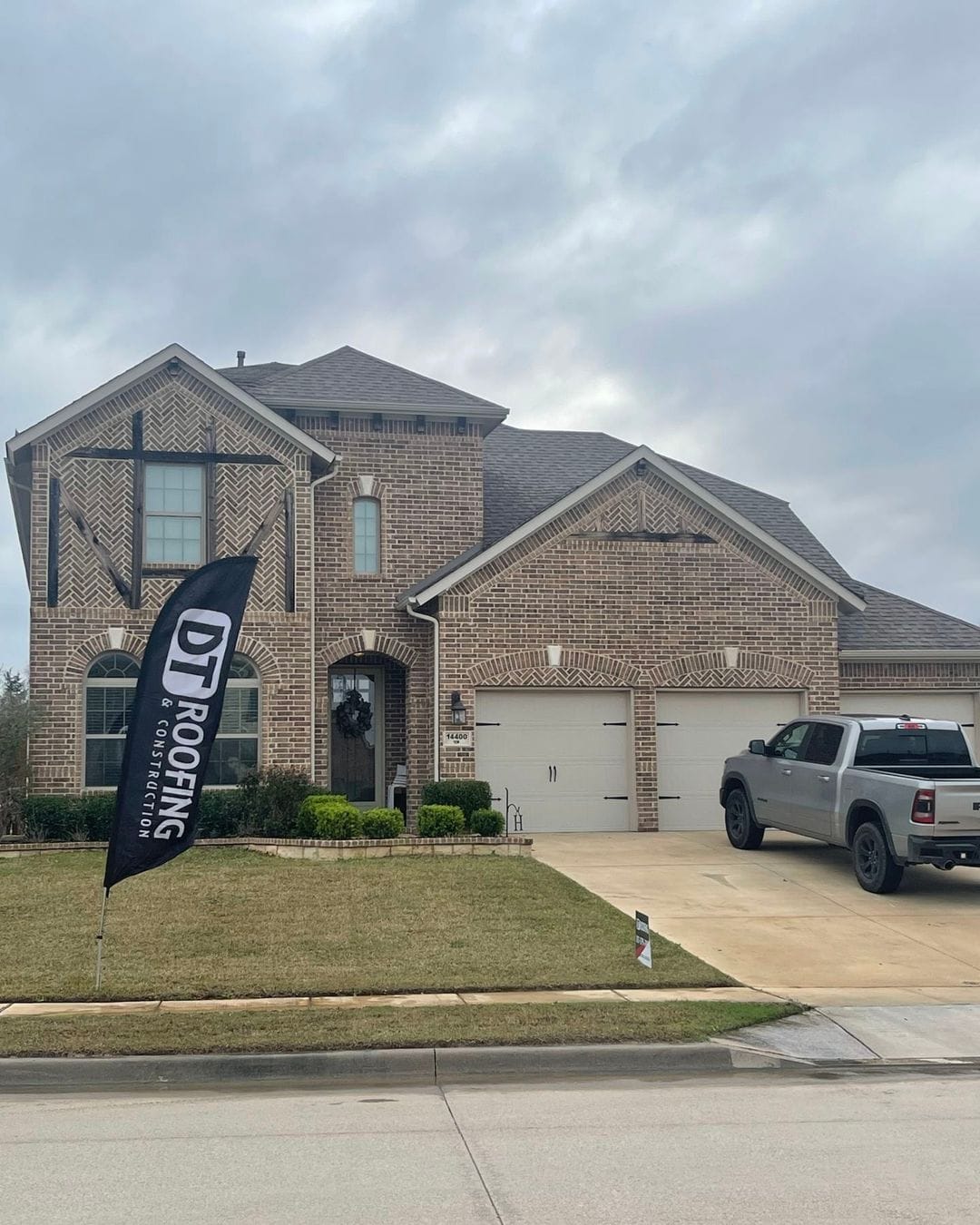
A Step-by-Step Guide to Claiming Hail Storm Roof Damage
Hail storms are no stranger to Granbury, TX. While these fast-moving storms often come and go in a matter of minutes, the damage they leave behind—especially to your roof—can be significant and costly. The good news? If you’re a homeowner with proper insurance coverage, you have options. The key is knowing how to file a hail storm roof damage claim properly and ensuring that your claim is approved with minimal stress.
In this guide, we’ll walk you through the entire process, step by step, from spotting potential hail damage to getting your roof fully repaired or replaced—without falling victim to common pitfalls.
Why Hail Damage Should Never Be Ignored
Hail break shingles, dislodge granules, weaken roof membranes, and compromise flashing—all of which may not be visible from the ground. Over time, even small impacts can lead to leaks, insulation damage, and mold.
Ignoring hail damage because “it doesn’t look bad” is one of the biggest mistakes homeowners make. By the time the leak shows up on your ceiling, significant structural damage may have already occurred. That’s why proactive inspection and a timely insurance claim are essential after every hail event.
Step 1: Assess and Document the Damage
As soon as it’s safe to go outside after a hailstorm, do a visual inspection of your property. Look for:
- Dented or cracked shingles
- Granules in your gutters or at the downspouts
- Dented flashing, gutters, or vents
- Broken windows, siding, or patio furniture (indirect evidence of hail severity)
- Water stains or leaks inside your attic or ceiling
Take photos of any and all visible signs of damage. This visual evidence will support your insurance claim and help your contractor provide a thorough report.
Important: Do not climb on the roof yourself unless you’re trained to do so safely. Leave the detailed roof assessment to professionals.
Step 2: Contact a Trusted Local Roofer
Before calling your insurance company, reach out to a reputable local roofing company for a professional inspection. At DT Roofing, we specialize in storm damage assessments and understand exactly what insurance companies need to process your claim successfully.
Our team provides:
- A full damage inspection with photos
- A written report and repair estimate
- Advice on whether to move forward with an insurance claim
Working with a local, licensed roofer ensures you avoid storm chasers and predatory contractors who appear after major storms and disappear just as quickly.
Step 3: Review Your Insurance Policy
Before filing your claim, take a moment to review your homeowner’s insurance policy. Look for:
- Your deductible amount
- Coverage specifics for hail and storm damage
- Replacement cost vs. actual cash value (ACV) terms
- Time limits for reporting storm damage
Knowing this information will prepare you for your conversation with your insurance adjuster and help set expectations.
Step 4: File the Insurance Claim
Once your roofer confirms hail damage and provides a report, it’s time to file your claim. Contact your insurance provider and let them know you’ve experienced storm damage. Be ready to share:
- Date and time of the storm
- A brief summary of the damage
- Photos and videos of the affected areas
- The inspection report from your contractor
The insurance company will assign an adjuster to visit your property and verify the damage.
Step 5: Be Present for the Adjuster’s Visit
It’s highly recommended to have your roofing contractor present during the adjuster’s inspection. This ensures that no damage is overlooked and that the adjuster understands the full scope of the issue.
A knowledgeable roofer can also answer technical questions and validate their findings in real time, which increases the likelihood of your claim being approved in full.
Step 6: Review the Insurance Estimate
After the adjuster’s visit, your insurance provider will issue a claim summary and estimate for repairs or replacement. This document outlines:
- The approved scope of work
- Materials covered
- Total reimbursement amount (minus your deductible)
Review this document carefully with your contractor to ensure it matches the real-world needs of your roofing system. If something was missed or undervalued, your contractor can help negotiate supplemental claims on your behalf.
Step 7: Schedule Repairs and Complete the Work
With the claim approved, it’s time to get your roof restored. Choose only experienced, certified contractors who provide a written contract, clear warranty terms, and a payment schedule based on job milestones—not upfront.
At DT Roofing, we handle every aspect of the repair or replacement process. Our in-house crews ensure top-quality craftsmanship and materials backed by manufacturer warranties. As an Owens Corning Platinum Preferred Contractor and one of the Top 100 Roofers in the U.S., we deliver results that stand up to Texas weather.
Step 8: Final Inspection and Insurance Payment
Once the work is completed, your roofer should conduct a final walkthrough to ensure everything meets quality standards. At this point, your insurance company may release the final payment—often called the depreciation amount.
Your roofing contractor can help coordinate this with the insurer and provide any necessary documentation to close out the claim.
Final Thoughts
Hail damage is serious—but it doesn’t have to be overwhelming. With the right process and a trusted roofing partner, you can navigate the insurance claims system with confidence and restore your roof without stress.
If your Granbury home has been hit by a hailstorm, don’t wait. Contact DT Roofing for a no-obligation inspection and expert support every step of the way. Let us help you protect your home, your finances, and your peace of mind.
Read also our blog: How to Protect Yourself from Predatory Roofers After a Storm











